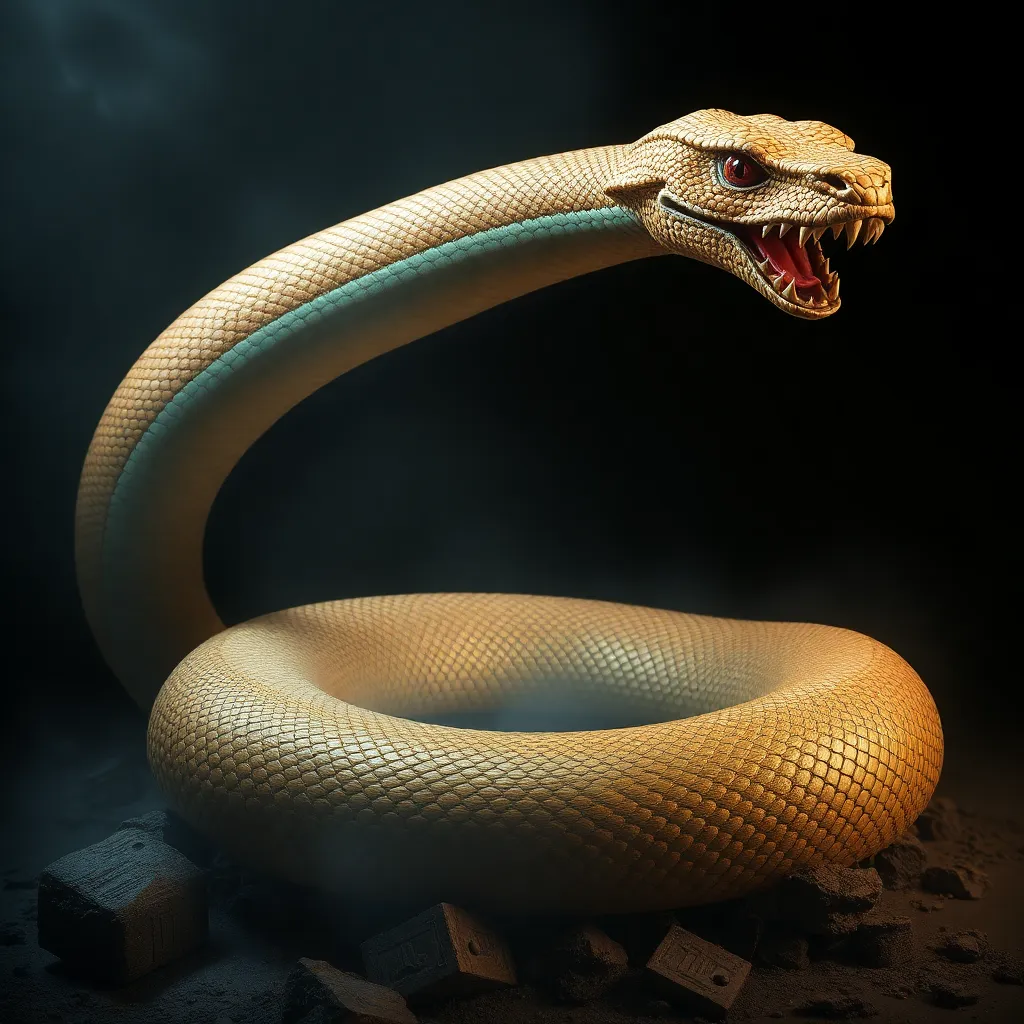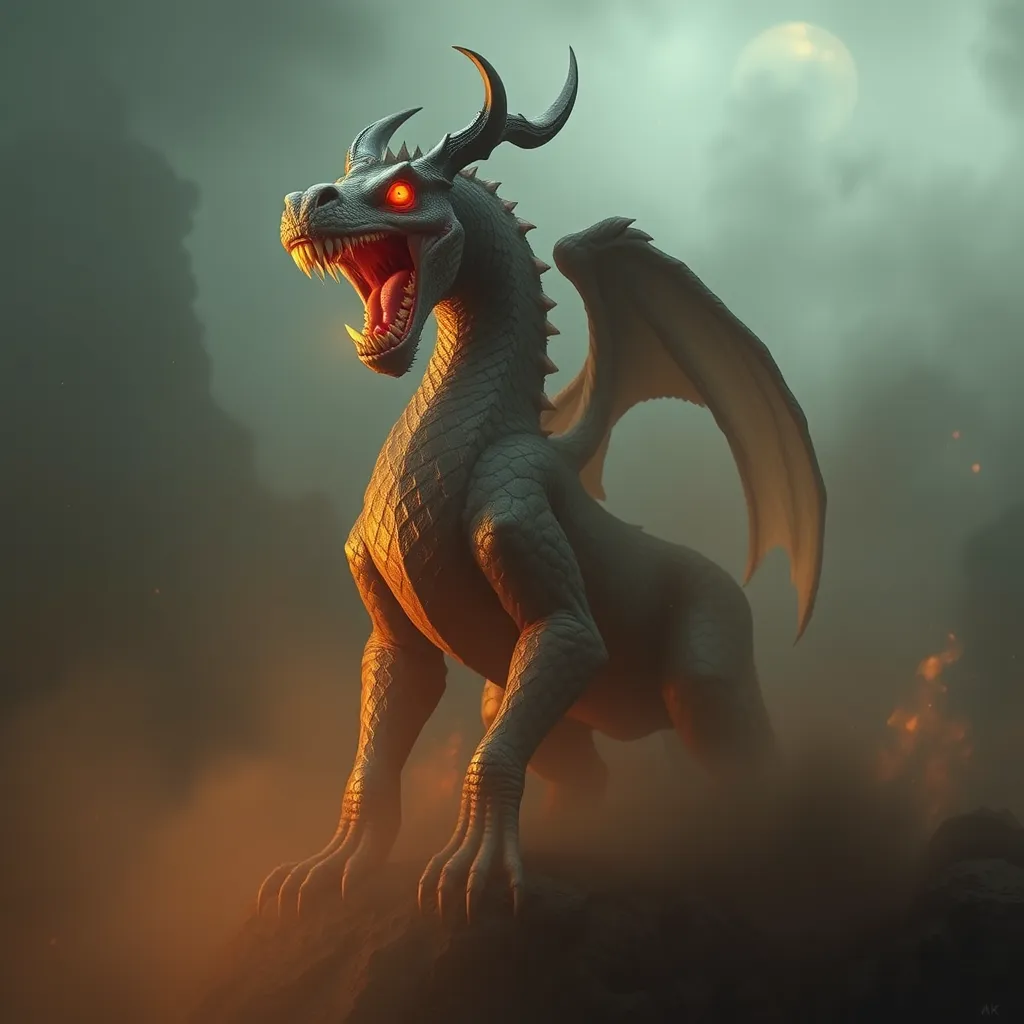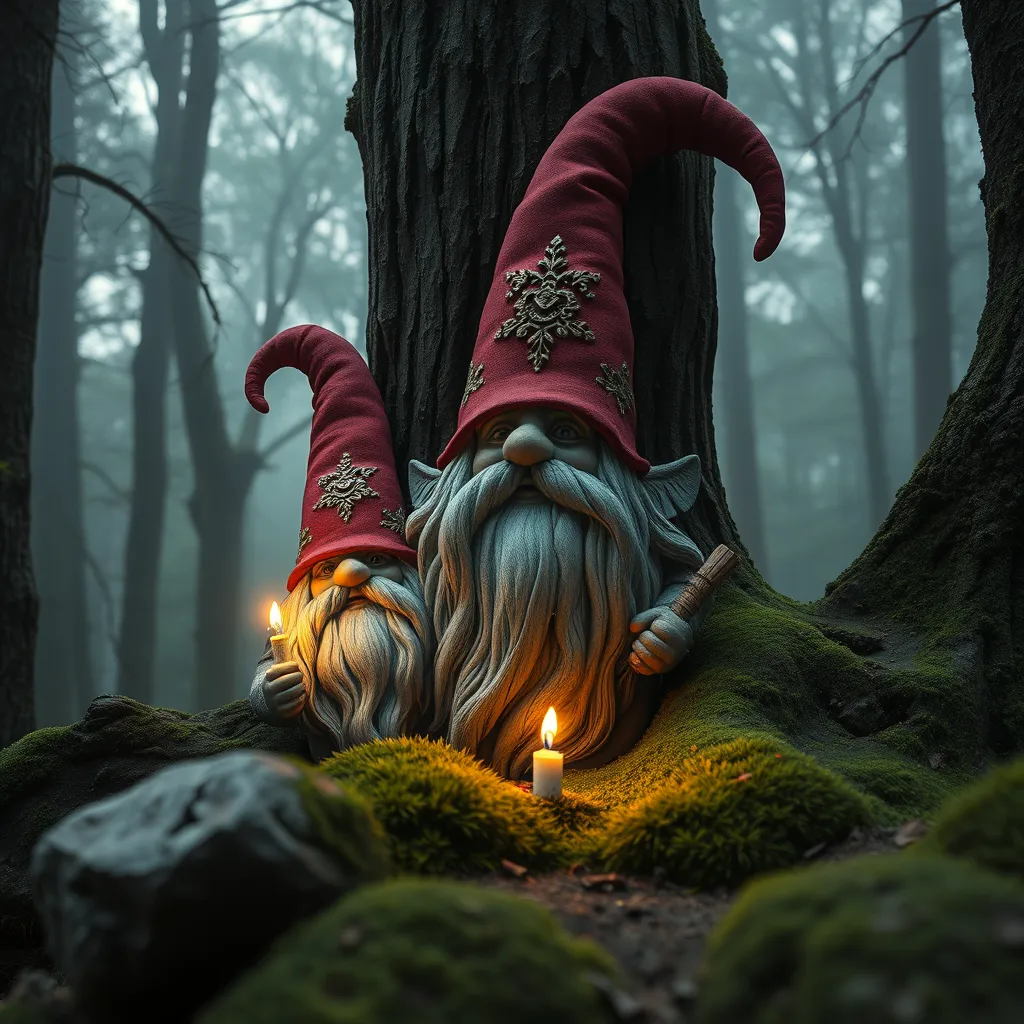The Basilisk’s Lair: Exploring the Monster’s Habitat in Myth and Legend
I. Introduction
The Basilisk is one of the most formidable creatures in mythology, often depicted as a serpent or lizard with lethal powers. Its gaze is said to cause instant death, making it a fearsome figure in folklore. This article delves into the significance of the Basilisk’s habitat, exploring how its lair contributes to the creature’s legend and the lessons that can be derived from its mythos.
II. Historical Origins of the Basilisk
To understand the Basilisk’s habitat, it is essential to trace its historical origins. The earliest references can be found in ancient texts that describe a creature capable of instilling fear and death with a single glance.
A. Ancient texts and early descriptions
One of the earliest mentions of the Basilisk appears in Pliny the Elder’s “Natural History,” where it is described as a serpent with a crown-like head capable of killing with its gaze. Such descriptions laid the groundwork for the creature’s fearsome reputation in subsequent literature.
B. Cultural variations in the portrayal of the Basilisk
Across different cultures, the Basilisk has been interpreted in various ways:
- In Christian traditions, the Basilisk symbolizes sin and death.
- In Eastern mythology, similar creatures are often viewed as guardians of treasure.
- In European folklore, it is often depicted as a dragon-like beast.
C. Influence of the Basilisk in medieval bestiaries
Medieval bestiaries further popularized the Basilisk, characterizing it as a creature of immense evil. These texts often included detailed illustrations of the Basilisk’s habitat, typically depicted as dark caves or ruins, enhancing its mythical aura.
III. Characteristics of the Basilisk
The Basilisk is not only defined by its habitat but also by its unique physical attributes and powers, which contribute to its fearsome reputation.
A. Physical attributes and powers
Typically depicted as a serpent or lizard, the Basilisk is described as having:
- A long, slender body covered in scales.
- A crown-like crest on its head.
- Horrifyingly bright eyes that can petrify anyone who meets its gaze.
B. The Basilisk’s lethal gaze and its implications
The Basilisk’s gaze is perhaps its most defining feature. This lethal ability not only serves as a weapon but also symbolizes the dangers of unchecked power and the fear of the unknown.
C. Symbolism associated with the Basilisk in various cultures
In addition to its physical dangers, the Basilisk carries deep symbolic meanings:
- In Christianity, it represents sin and the devil.
- In alchemy, it symbolizes transformation and rebirth.
- In literature, it often embodies the theme of fear vs. courage.
IV. The Lair of the Basilisk
The habitat of the Basilisk, often depicted as dark and foreboding, plays a crucial role in its mythology.
A. Common depictions of the Basilisk’s habitat
Traditionally, the Basilisk’s lair is portrayed as:
- Dark caves filled with treasure.
- Ruins overrun by nature.
- Abandoned places, representing decay and danger.
B. Natural environments linked to the Basilisk (caves, ruins, etc.)
Caves and ruins serve as the ideal settings for the Basilisk, emphasizing its role as a guardian of hidden treasures and ancient secrets. These environments are often depicted as perilous, filled with traps and dark corners that reflect the creature’s nature.
C. The significance of the lair in the Basilisk’s mythology
The lair not only provides a physical space for the Basilisk but also contributes to its mythos. It represents:
- The unknown and the dangers lurking within it.
- The idea that great power often comes with great risk.
- A reminder of the consequences of human ambition and greed.
V. Cultural Representations of the Basilisk’s Habitat
The Basilisk has inspired countless representations in literature, art, and modern media.
A. The Basilisk in literature and folklore
In various literary works, the Basilisk appears as an antagonist or a symbol of danger. From ancient texts to modern novels, it serves as a cautionary tale about the perils of hubris.
B. Artistic interpretations across different media
Artists have long been fascinated by the Basilisk, depicting it in:
- Paintings showcasing its terrifying gaze.
- Sculptures that emphasize its regal yet menacing form.
- Illustrations in children’s books that convey its mythical nature.
C. The Basilisk in modern pop culture
In contemporary pop culture, the Basilisk has appeared in various films, television shows, and video games, often as a formidable creature that heroes must confront. Its portrayal has evolved, yet it retains its core characteristics of danger and allure.
VI. The Role of the Habitat in Basilisk Legends
The environment in which the Basilisk resides plays a significant role in shaping its legend and the morals derived from its story.
A. How the environment contributes to the creature’s mythos
The Basilisk’s habitat amplifies its fearsome reputation. Dark, treacherous landscapes serve as a backdrop for its terrifying powers, reinforcing the idea that danger often lurks in the shadows.
B. The relationship between the Basilisk and its surroundings
The Basilisk is often seen as a guardian of its lair, which is filled with the riches of those who have fallen victim to its gaze. This relationship signifies the bond between the creature and its environment, where the lair is both a sanctuary and a trap.
C. Lessons and morals derived from the Basilisk’s lair
Stories about the Basilisk often carry moral lessons, including:
- The consequences of greed and ambition.
- The importance of courage in the face of fear.
- A reminder to respect the unknown and the dangers it may hold.
VII. The Basilisk in Contemporary Imagination
Modern adaptations of the Basilisk continue to capture the imagination, reflecting its enduring legacy.
A. Modern adaptations and reinterpretations
Contemporary interpretations of the Basilisk often delve deeper into its character, exploring themes of redemption and the complexities of power. This evolution allows for a more nuanced understanding of the creature.
B. The enduring fascination with the Basilisk and its habitat
The fascination with the Basilisk persists, fueled by its representation in popular culture and literature. Its habitat remains a point of intrigue, symbolizing both danger and allure.
C. The Basilisk as a metaphor in contemporary discussions
In modern discourse, the Basilisk often serves as a metaphor for various societal fears, including:
- The dangers of unchecked power.
- The fear of the unknown in a rapidly changing world.
- Environmental concerns linked to greed and exploitation.
VIII. Conclusion
In summary, the Basilisk’s lair is more than just a habitat; it is a critical component of its mythos, shaping the creature’s legend and the lessons it imparts. The enduring impact of the Basilisk reflects humanity’s fascination with the unknown and the moral complexities of power and ambition. As we explore the realms of myth and legend, the Basilisk remains a compelling subject for further study and imagination.



